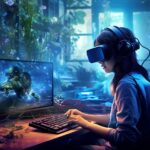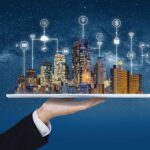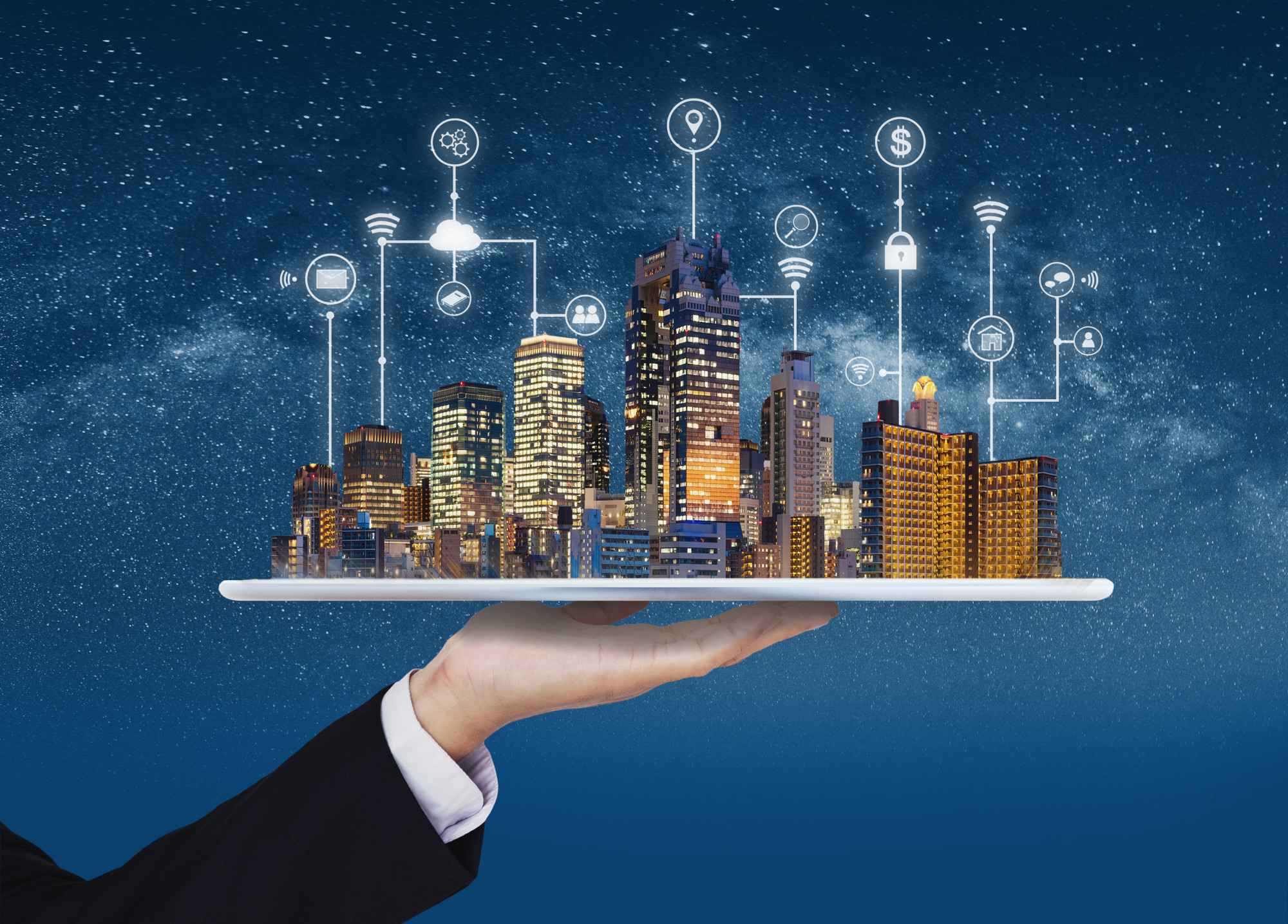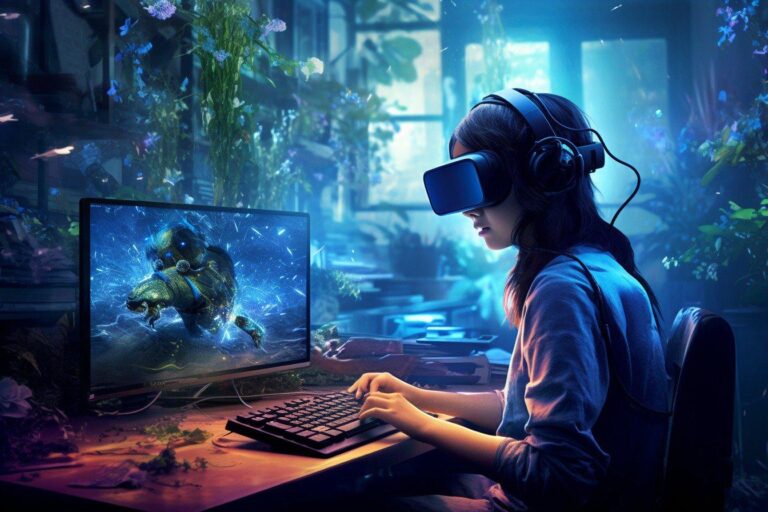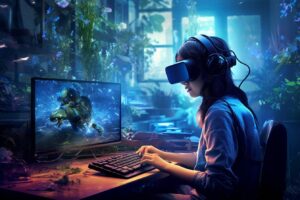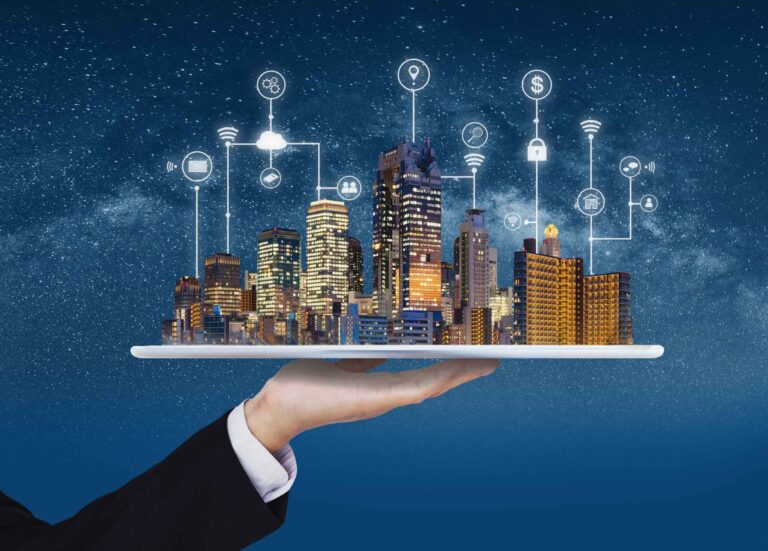In an era where urban landscapes are rapidly evolving, artificial intelligence (umela intelligence) is at the forefront of this transformation. Smart cities, powered by AI, are not just a vision of the future; they are becoming a reality today. This post explores how AI is revolutionizing urban living, making our cities more efficient, sustainable, and livable.
The Dawn of Smart Cities
Smart cities leverage technology to improve the quality of life for their residents. Urban areas are growing at an unprecedented rate, and with this growth comes challenges—traffic congestion, pollution, and resource management, to name a few. AI offers solutions to these problems, transforming how cities operate and how people live.
Imagine a city where traffic lights adjust in real-time to ease congestion, waste collection routes are optimized for efficiency, and energy consumption is balanced with demand. These are just a few examples of how AI is shaping the urban environment.
Traffic Management
One of the most pressing issues in urban areas is traffic congestion. Traditional methods of managing traffic are often inadequate in meeting the demands of growing populations. AI can analyze traffic data in real-time, adjusting signals and redirecting traffic flow to reduce jams.
For instance, in cities like Los Angeles, AI-powered systems are used to synchronize traffic lights, effectively cutting down travel times and improving fuel efficiency. This not only reduces stress for commuters but also lowers emissions, contributing to cleaner air in the city.
Efficient Waste Management
Urban waste is another significant problem that smart cities aim to tackle. With AI, waste collection can be streamlined, ensuring that resources are used efficiently. Sensors placed in garbage bins signal when they are full, allowing waste management services to optimize their collection routes.
Cities like Barcelona have adopted these technologies, resulting in reduced operational costs and less environmental impact. By predicting waste patterns, AI helps cities manage their resources better, creating a cleaner and more sustainable urban environment.
Energy Efficiency and Sustainability
AI’s role in energy management is crucial in developing sustainable smart cities. By analyzing consumption patterns, AI can optimize energy use, reducing waste and lowering costs.
For example, smart grids equipped with AI can adjust energy distribution based on real-time data, ensuring that no excess energy is wasted. This adaptability is vital for integrating renewable energy sources, such as solar and wind, into the city’s energy mix, paving the way for greener urban areas.
Enhancing Public Safety
Public safety in smart cities is greatly enhanced through AI. Surveillance systems that utilize AI can detect unusual activities, analyze patterns, and respond more quickly to incidents. This proactive approach to security helps prevent crime and ensures a safer environment for residents.
Cities like Singapore are implementing AI-driven surveillance systems to monitor public spaces, enhancing their ability to maintain order and respond to emergencies swiftly. This not only provides a sense of security but also fosters a community where people feel safe to live and work.
Conclusion
AI is undeniably transforming urban living, making cities smarter and more adaptive to the needs of their inhabitants. By addressing key challenges such as traffic management, waste collection, energy efficiency, and public safety, AI paves the way for a future where cities are not only more technologically advanced but also more sustainable and livable.
The integration of AI in urban environments is just the beginning. As technology continues to evolve, the potential for creating smarter cities that improve our quality of life is limitless. For those interested in exploring further, numerous resources and initiatives are dedicated to advancing smart city technologies, offering a glimpse into the future of urban living.

